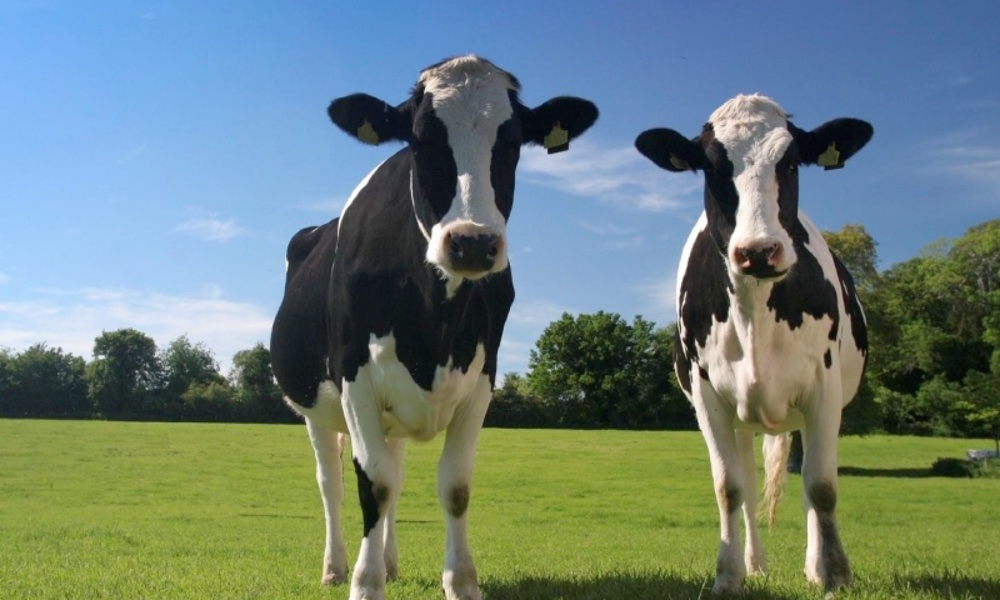Eighty percent of all antibiotics used in the U.S. are fed to farm animals. They’re commonly given to increase an animal’s weight and, in turn, increase profits. Another reason antibiotics may be administered is to compensate for the poor conditions in which some of the animals live.
But this practice has serious consequences. There is a demonstrated link between the widespread use of antibiotics in livestock and antimicrobial-resistant infections among humans. The result is nearly 3 million antibiotic-resistant infections and 35,000 deaths each year.
In 2018 California banned routine preventive use of antibiotics in food-animal production and any antibiotic use without a veterinarian’s prescription. The result has been a significant drop in antibiotic-resistant infections in humans, a recent study finds.A policy banning routine preventive use of antibiotics in food-animal production and any antibiotic use without a veterinarian’s prescription, significantly reduced antibiotic-resistant infections in humans.
“After climate change, antibiotic resistance is the second biggest health problem we’ll be facing in the next 50 years because few new antibiotics are coming online and resistance is increasing,” Casey said in a press release. “Anything that we can do that reduces resistance is really exciting.”
To test the impact of the new legislation on antibiotic-resistant infections in people, the research team examined data on antibiotic-resistant E-coli in 7.1 million urine samples from people with urinary tract infections across 33 states from 2013-2021. With this approach, called the “synthetic control method”, the researchers first used a composite of data from states that did not have the policy change to match the patterns of antimicrobial resistance in California before the bill passed.
Then they compared the levels of four different antibiotic-resistant E. coli in the California samples to the corresponding levels in their “synthetic California” data after the bill passed.
Antibiotic resistance had dropped significantly after the bill was put into effect. “Generally, what we see is an increased upward trend in antimicrobial resistance,” Casey said. “Policies that lead to a leveling off or a decline in this resistance are promising. A 7 percent reduction — for a bill where we aren’t sure about its implementation quality — it’s pretty exciting. I’m hopeful that it can spur other states to consider similar bills.” So far only Maryland has passed a bill similar to California’s.
The study is published in Environmental Health Perspectives.





